We use possessive nouns to indicate ownership.
To form possessive nouns, add ’s or just an apostrophe to the owner.
We use possessive noun forms:
-
to show belonging or ownership
-
to show the relationship between people
-
to show a person's occupation
-
to link a concept to someone
Julia has a beautiful swan.
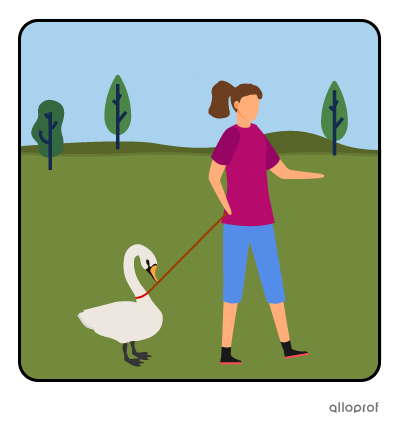
This is Julia’s swan.
There are many diamond mines in South Africa.

These are South Africa’s diamond mines.
Manuel has 2 cousins.
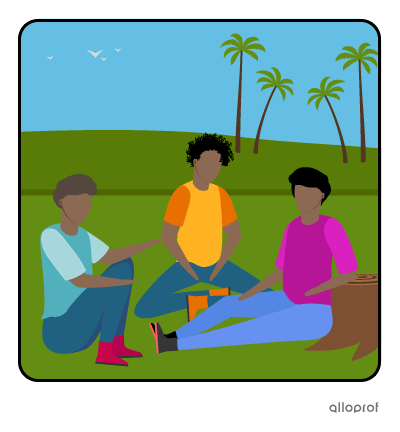
They are Manuel’s cousins.
The father of Nadia works at the factory.
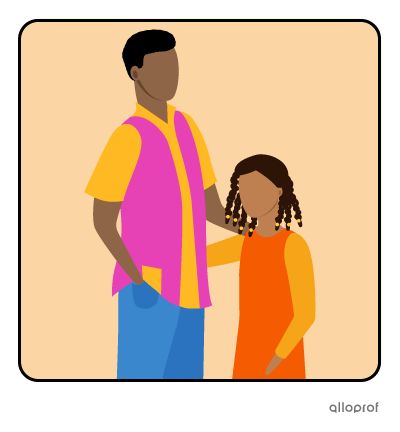
Nadia’s father works at the factory.
Alfred teaches at his pilot school.

This is Alfred’s pilot school.
Carol works at her bakery.
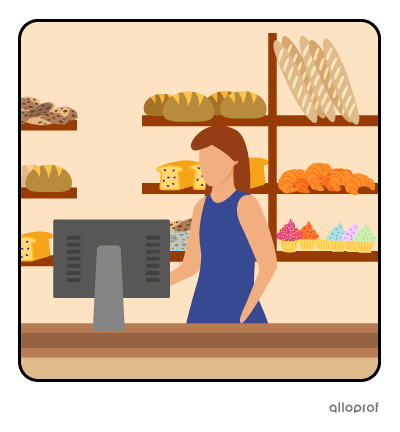
It’s Carol’s bakery.
The cruelty of the villain in the movie was intense.
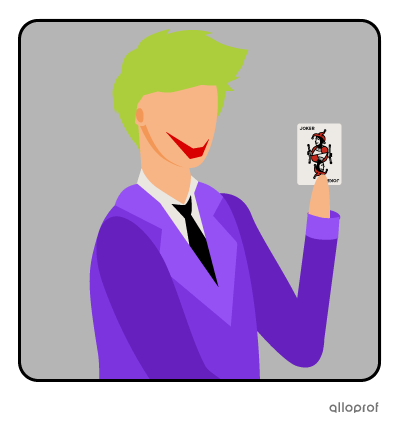
The villain’s cruelty in the movie was intense.
When I was young, the patience of my grand-mother impressed me.
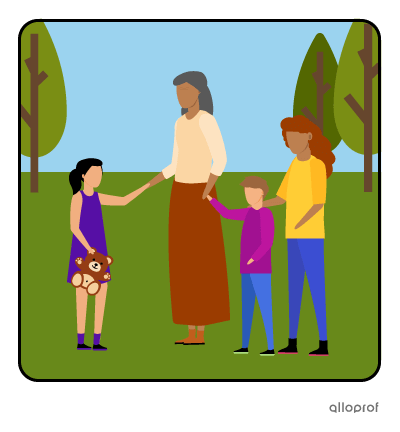
When I was young, my grand-mother’s patience impressed me.
Add ’s to singular nouns or proper nouns.
This is my sister’s car.
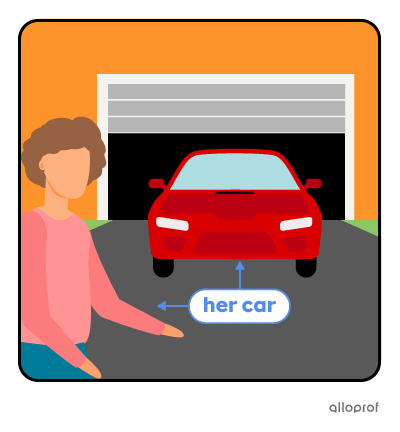
Trevor’s house is nice.
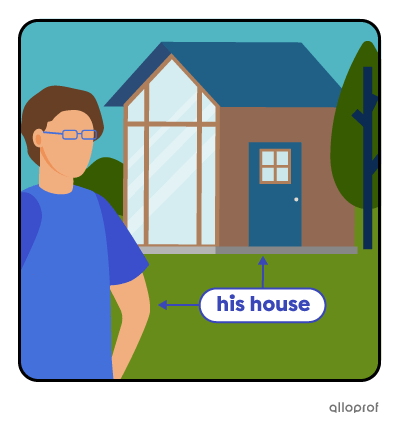
It’s possible to add only the apostrophe to singular nouns or proper nouns ending in s or to add ’s. Both possibilities are grammatically correct.
The octopus’s tentacles are impressive.
or
The octopus’ tentacles are impressive.
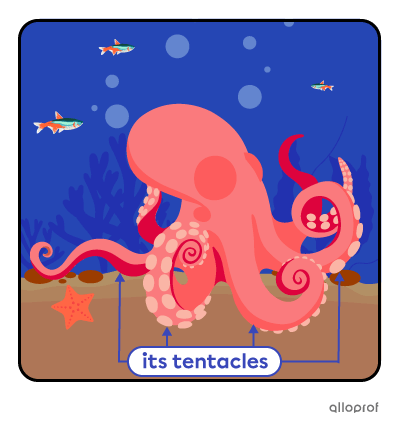
Chris’s cat is playful.
or
Chris’ cat is playful.
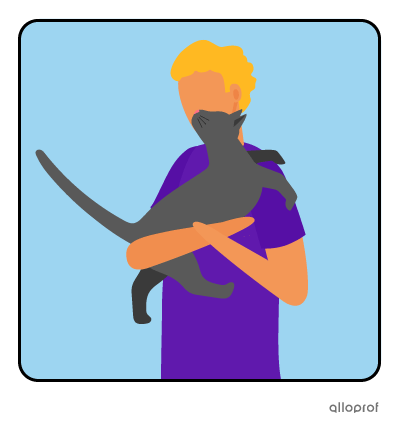
Add ’ to regular plural nouns.
The dogs’ obsession with sticks is well-known.
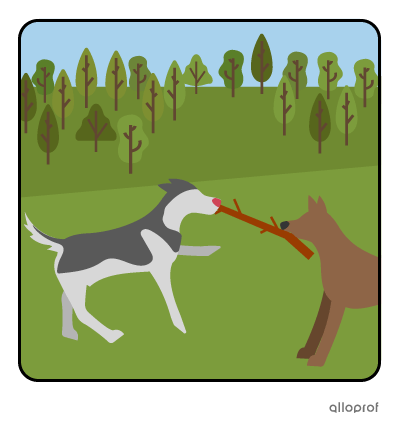
The obsession belongs to the dogs.
"Dog" is a regular noun.
The sailors’ boat is still in the port.

The boat belongs to the sailors.
“Sailor” is a regular noun.
Add ’s to irregular plural nouns.
People’s right to vote hasn’t always been accessible.

The right to vote belongs to the people.
“Person” is an irregular noun.
This is the children’s playground.
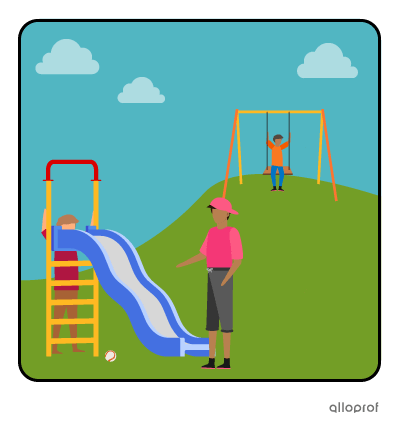
The playground belongs to the children.
“Child” is an irregular noun.
If you’re unsure if a word is a possessive noun, you can reverse the nouns and add belongs to between them to verify.
Original: This is Magda’s book.

Reversed: This book belongs to Magda.
Original: It’s the dogs’ toy.
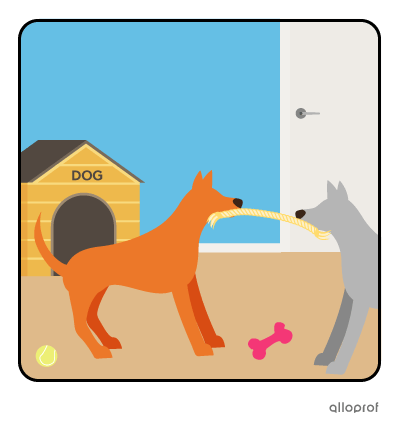
Reversed: This toy belongs to the dogs.
In both cases, Magda’s and dogs’ are possessive nouns. The use of the ’s or ’ simplifies the formulation and clarifies the meaning of belonging.
In a situation where two nouns share possession, the last word becomes the possessive noun and takes the ’s.
Those are Sophia and Payton’s tools.
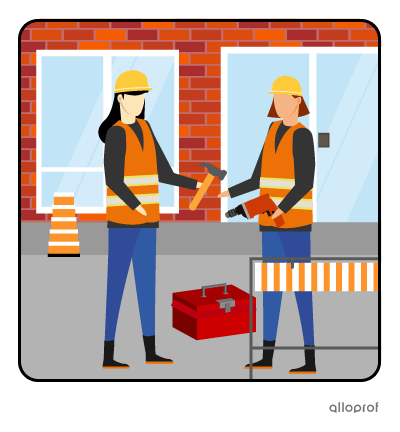
They share the tools equally, but Payton coming last is given the ’s to show possession for both Sophia and Payton.
In a situation where two nouns have a possession, we need to add ’s to both nouns individually.
Patrice’s and Layla’s projects made it to the regionals.
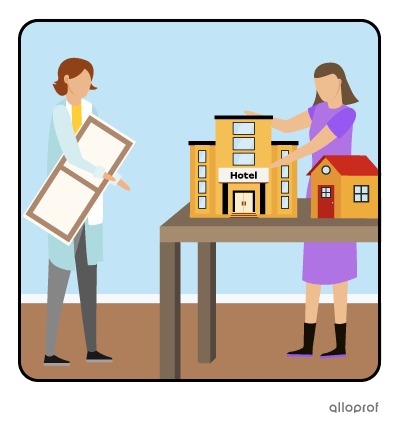
Adding ’s to both nouns indicates that separate projects exist, and both projects made it to the regionals.